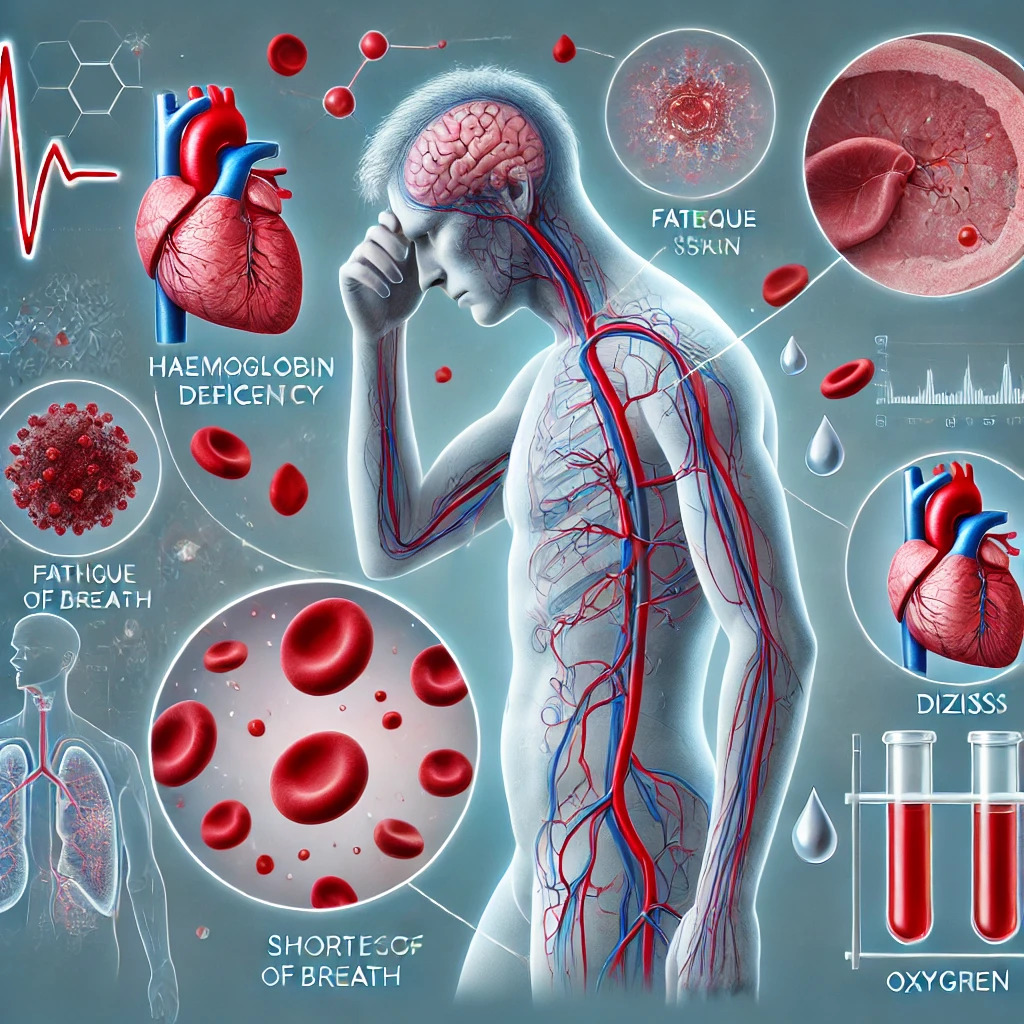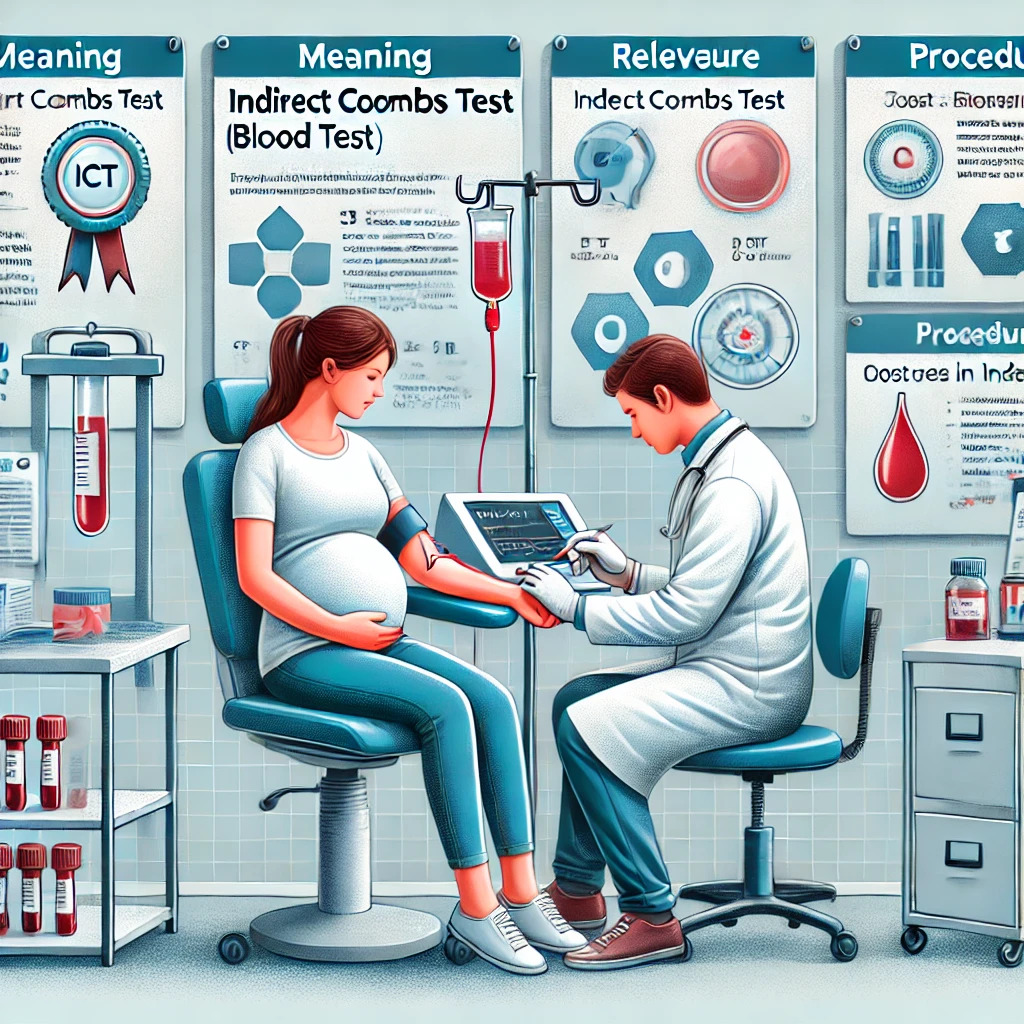What is Typhoid Fever- Causes, Symptoms, Diagnosis and Treatment
.jpg)
Typhoid Fever, also called enteric fever, is an infection caused by Salmonella Typhi bacteria. It manifests as high-grade fever, malaise and other flu-like symptoms, diarrhoea, and sometimes a rash. It can be easily treated with antibiotics. But if treatment is not taken, it can be life-threatening. If it is detected at a later stage, it can lead to serious complications. Children are more likely to be infected compared to adults.
Symptoms of Typhoid Fever
Without treatment, the high fever will last for weeks. This gradually increasing fever is a characteristic symptom.
Other symptoms of this infection are
? Headache and body pains
? Loss of appetite
? Stomach ache
? 'Rose spots' rash on chest or stomach
? Cough
? Malaise
? Diarrhoea and sometimes constipation
? Nausea
? Vomiting
Late symptoms and complications
If treatment is started late or not started, you can have a swollen stomach and other complications. The spread of the disease to different parts of the body also determines the symptoms. There can be internal bleeding. It can also lead to intestinal perforation leading to sepsis and this can be life-threatening. Other complications are encephalitis, meningitis, hallucination, delirium, heart or kidney damage, etc. Untreated Typhoid Fever can be fatal.
Causes
Typhoid infection is caused by Salmonella Typhi bacteria, which infects your small intestines. From there, it travels into your blood. In the blood, it reaches other parts of your body like lymph nodes, gallbladder, liver, and other areas.
Some people will be the source of infection even after recovery. They will not be sick but will be carriers, releasing the bacteria in their stools for years.
How does Typhoid infection spread?
It is mainly spread by feco-oral transmission. Both typhoid patients and carriers can spread the infection. Typhoid patients pass bacteria in poop and less frequently in urine. With poor sanitation facilities, water contamination can occur. Water is used for irrigation, washing, drinking, and so forth and can easily spread such infections if contaminated.
Intake of contaminated food, water or drinks are major causes of this infection. Poor hand washing techniques can spread this infection. Contamination can also happen if you touch the nappies or diaper of an infected person and don't wash hands properly. Touching contaminated surfaces and then using unwashed hands for eating or putting it in your mouth can also cause infection.
How is Typhoid Fever diagnosed?
This infection cannot be diagnosed by the symptoms alone. Blood tests and other diagnostic tests are needed to confirm it. Tests for Typhoid include blood tests, stool tests, urine tests, etc.
Blood culture- This test is considered the gold standard for typhoid diagnosis. The sample is ideally taken before starting antibiotics and during the first week.
Widal Test- This was the most common test and it is still used today. It is used less frequently now due to chances of inaccuracies and cross sensitivity.
Real Time PCR- This test can be done in the early stage to detect typhoid Fever.
Stool culture, CBC, and other tests are done as well.
What is the treatment for Typhoid Fever?
Always get prompt treatment if you have or suspect you have this infection.
Typhoid Fever is treated with antibiotics, and one recovers rapidly with early treatment. Prescription of antibiotics will be based on sensitivity of the bacteria to a particular medicine. You may also be given symptomatic treatment for fever, body aches, nausea, dehydration or other symptoms.
If a person has complications, hospital admission will be necessary in most cases. Intestinal perforation requires surgery. Steroids may be used depending on the case. .
What are the preventive measures to avoid Typhoid infection?
? Typhoid vaccine is a great way to reduce the risk if you are living in a place or travelling to a place where infection is common and sanitation facilities are poor.
? Using treated water for washing, bathing, drinking and other purposes.
? Careful handwashing with soap before as well as after preparing food or eating, and after using the restroom.
? Proper disposal and management of human waste.
? Eating cooked food and drinking bottled water when travelling.
? Protecting food supply from contamination.
? Don't handle food and drinks for others if you are sick.
FAQ
1. How is typhoid caused?
It is caused by Salmonella typhi bacteria which can contaminate water, drinks, and other foods. It can also be caused by touching things like diapers or nappies of infected people and then not washing hands properly.
2. What is the best cure for typhoid?
Recommended course of antibiotics is the proven cure for typhoid. You can fasten recovery by taking ample rest, drinking enough water, and eating small meals which are easy to digest while being low in fibre and fat. Eat fresh fruits which can be peeled. Curd and buttermilk can improve gut health.
3. How long does typhoid last?
When treatment is started at the earliest, before complications develop, typhoid fever will last between 1–2 weeks. Without prompt treatment it can last for 2–4 weeks or even longer.
4. How do typhoid symptoms start?
The early symptoms can include a gradually rising high fever, body aches, stomach ache, loss of appetite, and dry cough.
5. What are the signs of recovery from Typhoid?
When you start recovering, these are the improvements you will notice
- Your appetite will be restored
- Diarrhoea will go away or get better
- You won't have body ache and stomach ache
- Normal body temperature
- Less fatigue
- No signs of congestion
At O-Lab, you can find Typhoid test packages at affordable rates and quick turnaround time with assured accuracy. We offer a range of tests including CBC, blood culture, stool culture, inflammatory markers, and more. Home collection facility is also available.
Reach out to O-Lab if you want to book a test for typhoid today.





